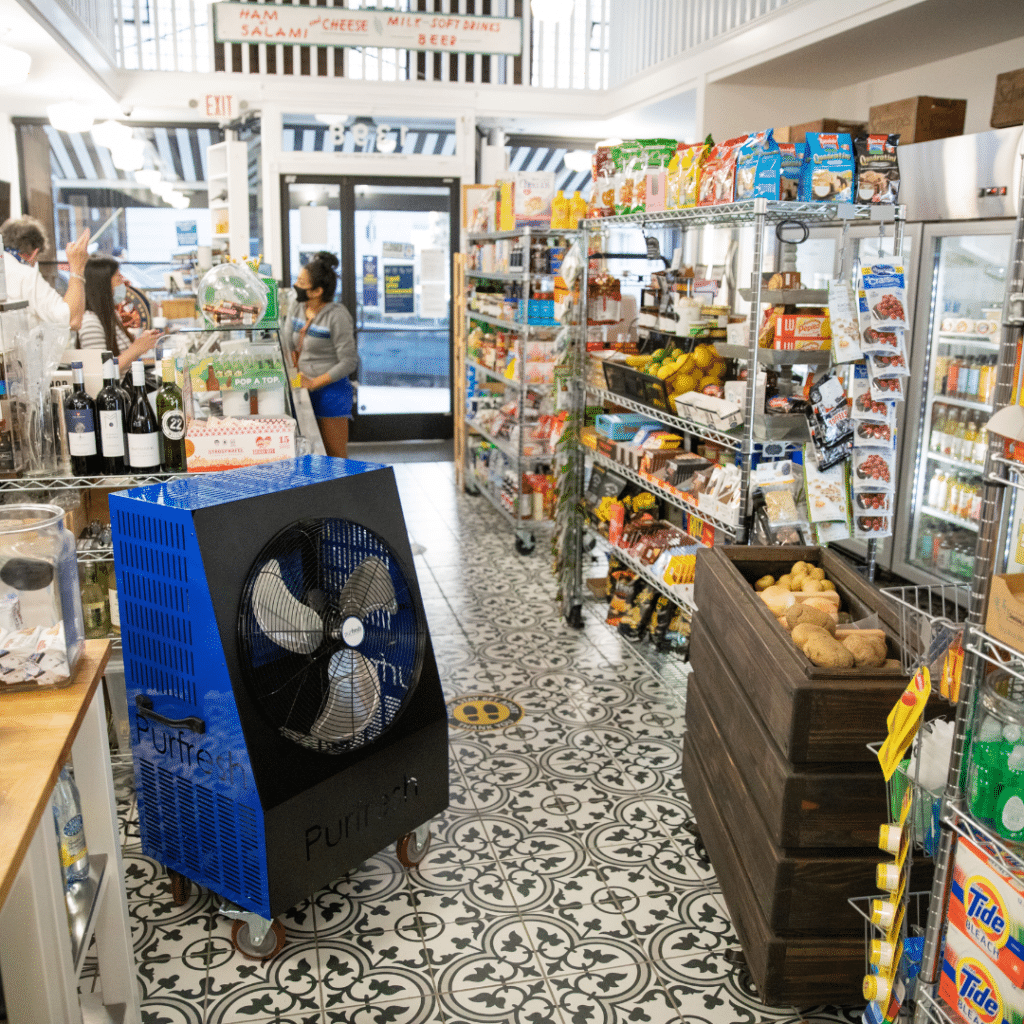4 Industries Positively Impacted by Ozone Generators
This industries have seen positive results using Ozone machines.
Introduction
Ozone is a powerful oxidizer used in different industries to improve air quality, reduce odors, and eliminate mold and mildew. O3 is an alternative to chlorine and other harmful chemicals to the environment and people’s health.
Here are four industries ozone generators have positively impacted:
Cannabis Farms and agriculture.
Ozone generators are used in cannabis farms to clean the air and kill bacteria. They purify water and kill mold, mildew, and pests without affecting terpenes.
Ozone generators are an excellent choice for the agriculture industry because they are effective at eliminating harmful microorganisms while also reducing odors caused by these organisms. In addition, ozone generators clean up after a spill or other contamination event without causing additional damage or pollution from chemicals or bleach products during your cleanup efforts.
Nevertheless, it is crucial to understand that if you are looking for an ozone generator to clean your grow facilities must control and measure the O3 levels to have dynamic sensing and control of the correct O3 levels for maximum results.
If the ozone generator technology you are using or considering for purchase cannot provide you with in-room-ambient O3 level reporting in the 200 to 2000 ppb range, it is NOT safe for your plants.
Food
Ozonation is an effective sanitization technique used by the food industry to inactivate spoilage-causing and pathogenic microorganisms for contamination control and the prevention of foodborne illnesses. It is a non-residual process and is listed as “Generally Recognized as Safe” (GRAS) for food matrix disinfection. It has been proven to be an effective microbial load reducer and has been used to decontaminate different foods such as meat, dairy, fruit and vegetables, and dry foods. When using Ozone generators, the balance between food safety and retention of nutritional aspects must be maintained. Overall, ozonation is an effective method of food sanitization.
Healthcare
Ozone is a powerful disinfectant, so it’s no surprise that ozone generators have impacted the healthcare industry.
Medical devices and surgical instruments that come in contact with patients’ skin, mucus membranes or sterile tissue go through sterilization and disinfection before reuse or disposal to prevent the spread of infections by pathogens. According to Rutala and Weber, millions of surgical procedures are carried out in the United States every year, which demonstrates the need for continual equipment sterilization. Examples of such equipment include gastrointestinal endoscopes, bronchoscopes, catheters, blood pressure cuffs, dental braces and implants. PPE, surgical masks, gowns, and gloves are sterilized to reduce waste and costs.
Steam treatments sterilize heat-tolerant medical devices, while ethylene oxide (EtO) is the most common method for heat-sensitive materials. However, EtO is hazardous and flammable, so the FDA has launched an innovation challenge to reduce its reliance.
Hospitals and clinics use O3 around the world because of its effectiveness killing germs without using harsh chemicals like bleach or chlorine tablets (which may leave residue). Many hospitals only use ozone generators for their cleaning needs!
Treatment of drinking water and wastewater
The use of ozone in drinking water treatment has been around since the earliest days of municipalities, particularly for removing heavy metals, taste and odor, and disinfection. A key challenge is the formation of transformation products and disinfection by-products, some of which can be more toxic than their parent compounds.
The use of hybrid processes such as O3-H2O2 can help to minimize bromate formation. Energy requirements for hybrid processes are a factor in their large-scale applicability. Ozone has outperformed chlorine for primary disinfection campaigns, with up to 3000 times higher CT values required for chlorine to yield the same microbial inactivation efficiency. Finally, ozone nanobubbles enhance the solubility of ozone in water, and biofilters.
Ozone has advantages over chlorine, such as decreasing chlorinated disinfection by-products, excellent water quality aesthetics, and the capability to degrade emerging contaminants.
Conclusion
One of the more efficient disinfectants is ozone. It does not leave any unfavorable residues in food or surfaces that come into contact with it. Additionally, it is more efficient against resistant viruses and spores when compared to chlorine and other disinfectants. Some products, including fruits and vegetables, can have their shelf life extended without losing their sensory quality when exposed to ozone.
Because ozone doesn’t require high temperatures to function, it has the potential to save energy. Purfresh produces O3 on site, reducing the expense of disinfectant shipping and storage.
Although O3 use has been criticized due to the possible release of irritants into the air, Purfresh Clean offers high-quality, science-based, and backed deep cleaning technology services. We use treatment product volume-level control, timed application, electronic sensing, and record-keeping to validate the safest practice service for our customers. All Purfresh Clean products perform in non-occupied applications only.
We have successfully disinfected unoccupied areas of many industries, including the four discussed above.
Contact us today! Purfresh has the best Ozone machines to solve your specific needs.
